Not sure whether you need boards or batts? We explore the main types of home insulation, how to choose them and where to use them
Home insulation is essential for a warm and energy efficient house. We explore the main types, where to use them and why it's so integral to a build
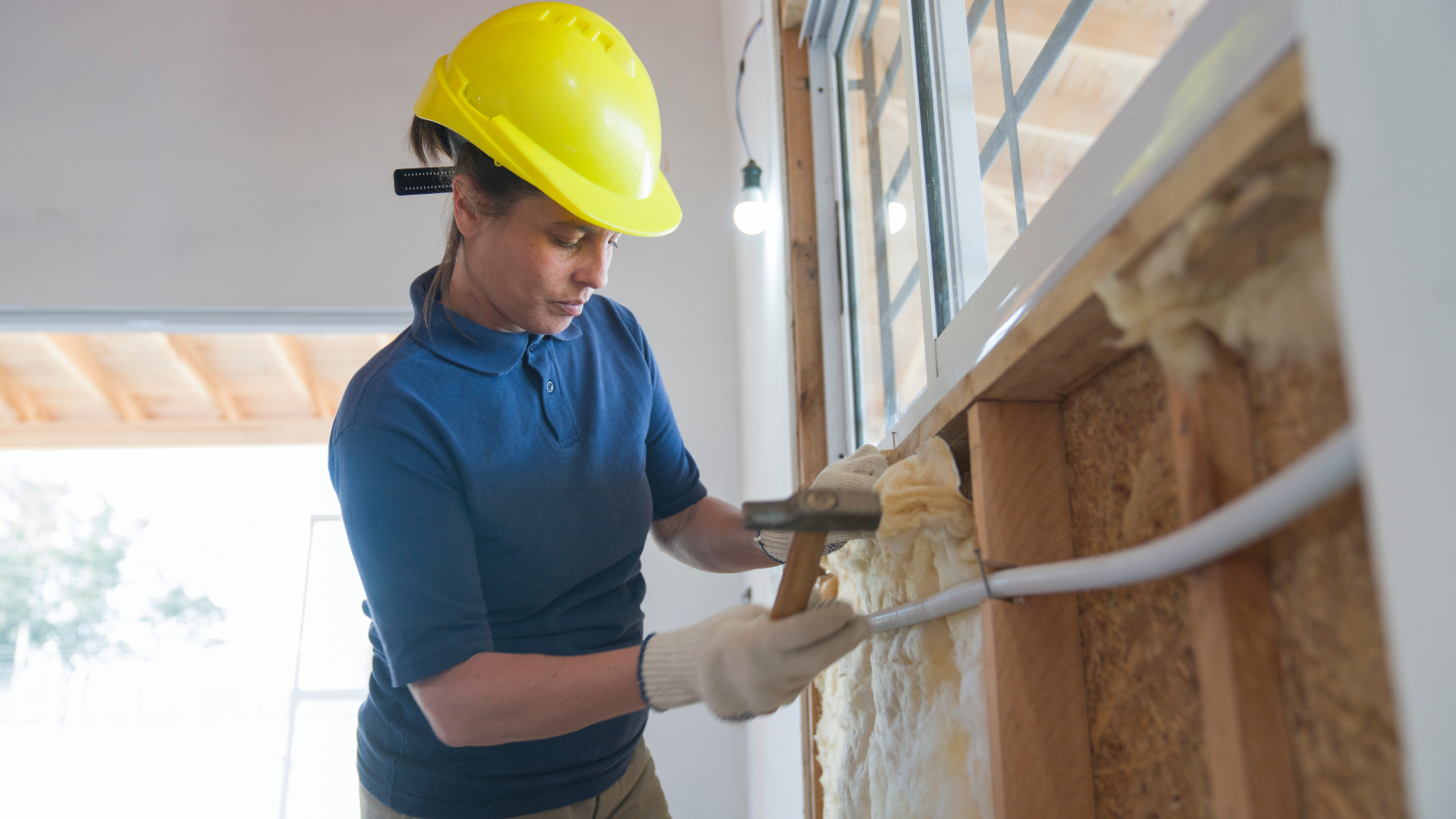
Whether you're self-building, renovating or extending, getting the right home insulation in place is an integral part of your plans.
As well as benefiting from the environmental rewards of good home insulation – and reduced energy bills – putting the right types in place is also a matter of legislation, with clear guidelines in place for the thermal performance of properties.
We dive into home insulation to help you understand why it's needed, what are the main types of home insulation available to you and where to use them.
Why home insulation matters
Home insulation, in all types of homes is considered an important element in the ethos of taking a 'fabric first' approach to house design. But what does this mean?
Taking a ‘fabric first’ approach is all about building a highly insulated and airtight home. Put simply, it’s about wrapping your home in a thermal blanket to create a sustainable home that demands less heating, increases comfort levels and reduces energy bills – internal wall insulation is just one way of doing this, but the roof, floors, windows and doors all also need consideration.
“Insulation is an essential component of comfortable and efficient buildings. It not only reduces heat loss or heat gain by providing a barrier between inside and outside temperatures but its use can also support some of today’s biggest sustainability and development challenges, from energy consumption to noise pollution and fire resilience,” advises James Francis, product manager GBI at Rockwool® UK.
So what does this mean in laymen's terms? Russell Smith, co-founder and managing director of Ecofurb explains how installing good home insulation can achieve several positive results:
Bring your dream home to life with expert advice, how to guides and design inspiration. Sign up for our newsletter and get two free tickets to a Homebuilding & Renovating Show near you.
- Energy efficiency & lower bills: Correctly installed insulation reduces heat loss, leading to lower energy consumption and cost savings
- Enhanced comfort: Insulation helps maintain consistent indoor ambient temperatures, eliminating cold spots and drafts, ensuring a comfortable living environment even in colder temperatures
- Noise reduction: Insulation can act as a sound barrier, minimising noise from external sources like traffic and neighbours, contributing to a quieter home
- Improved indoor air quality: By sealing gaps and cracks, insulation prevents the entry of pollutants and allergens, promoting healthier indoor air although this also requires effective home ventilation
- Environmental impact: Reducing energy consumption through insulation lowers greenhouse gas emissions, supporting efforts to combat climate change
- Increased property value: Additionally, well-insulated homes often have higher Energy Performance Certificate (EPC) ratings, which can increase property value and appeal to potential buyers

James Francis is a Product Manger at Rockwool Ltd, a company that produces stone wool insulation suitable for thermal, acoustic and fire-resistant applications.

Russell Smith is the founder and Managing Director of Ecofurb, a service dedicated to providing impartial, personalised advice on home energy efficiency retrofits.
Building regulations and home insulation
Building regulations Part L sets minimum standards for what insulation you can use in different parts of your home. This provides a good starting point for understanding what types you need to use, and where best to use them. Once a project has passed the required regulations you can be more confident it has been constructed with a fabric first approach.
“As you might reasonably expect, most heat loss occurs through walls and roofs, but all parts of the design’s thermal envelope have to meet minimum U value targets,” says chartered surveyor, Ian Rock. “The U values tell you the maximum rate of heat loss (in Watts) that’s allowed to leak out of your home per square metre of wall or roof etc. The lower the figure the better, so for example, 0.28W/m2 K is better than 0.30W/m2K.”
“The U values shown below are the ‘notional’ targets, which means that achieving them will therefore meet the specified standards,” adds Tim Pullen.
However, most self-builders go above and beyond when meeting the heat loss targets set out by the regs to build a highly insulated home that will pay dividends later with savings on energy bills. Some also meet Passivhaus standards, which exceed the values stipulated in the building regulations.
Element | U VALUES (W/m2K) |
All roof types | 0.13 |
External walls | 0.18 |
Floors | 0.13 |
Windows | 1.4 |
Doors | 1.4 |
| Row 6 - Cell 0 | Row 6 - Cell 1 |


Chartered surveyor Ian Rock MRICS is a director is Rightsurvey.co.uk and the author of eight popular Haynes House Manuals, including the Home Extension Manual, the Self Build Manual and Period Property Manual. Ian is also the founder of Zennor Consultants. In addition to providing house surveys, Zennor Consultants provide professional guidance on property refurbishment and maintenance as well as advising on the design and construction of home extensions and loft conversions, including planning and building regulations compliance.

Tim Pullen, an expert in sustainable building methods and energy efficiency in residential homes also wrote The Sustainable Building Bible, Simply Sustainable Homes and Anaerobic Digestion - Making Biogas - Making Energy: The Earthscan Expert Guide. His interest in renewable energy and sustainability was first inspired by visits to the Royal Festival Hall heat pump and the Edmonton heat-from-waste projects. He formally ran energy efficiency consultancy WeatherWorks and was a speaker and expert at the Homebuilding & Renovating Shows across the country.
Types of home insulation
If you've ever taken a look at insulation, you'll know there are a raft of different types available.
“The most familiar types of insulation are probably the big rolls of loft quilt you see in DIY stores,” says Ian Rock. “But, there are many other types of insulation, including stone wool, glass wool, sheep’s wool and wood wool,” adds James Francis.
“There are also plastic foam insulations such as polyisocyanurate (PIR) and spray foam. In addition, you may come across cellulose (recycled newspaper), hemp, polyethylene, cellular glass and ceramic fibre.”
However, the different ways in which insulation is made will play a major role in where they are used in the home.
1. Foam plastic insulation
“Foam plastic (or plastic foam) is a term used to describe insulation materials derived from petrochemicals,” says James Francis. “These oil-based chemicals are used to create various insulation products, which are commonly formed into rigid slabs or pipe sections.
“Rigid insulation board can be used almost anywhere insulation is needed in your home, for example in the roof, floor and cavity walls," explains James. "It’s a popular choice in basements or near external foundations or walls, and can be used in external applications as well as internally. You will find you have several options.”
These are covered in more detail in our guide to insulation board, with the exception of the following:
- Polyurethane (PUR) insulation: PUR is derived from polyurethane, a thermoset plastic, produced by reacting a polyol component and an isocyanate (MDI) component, formed into a closed-cell foam. A chemical blowing agent is used in the production, which is retained in the final products to improve thermal performance
- Phenolic foam (PF) insulation: PF is a closed-cell, rigid insulation produced using phenol and formaldehyde resin, which is expanded between two facing layers. The chemical mix bonds to both facings and is cured to form the final product. A chemical blowing agent is used in the production of PF, which is retained in the final product to improve thermal performance. PF claims to have better thermal properties than other types of foam plastic insulation
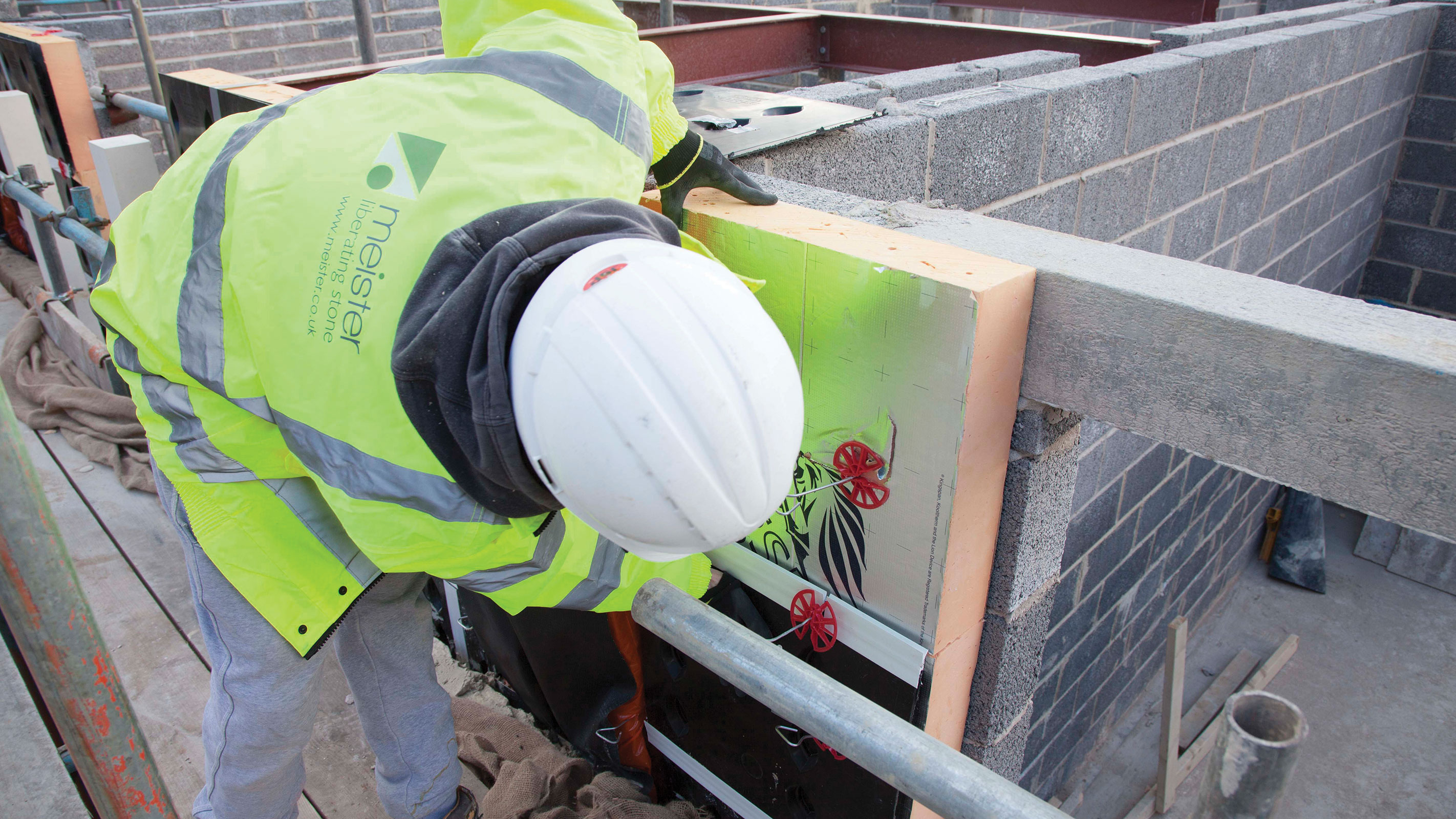
In addition to boards spray foam insulation is another form of foam plastic insulation, but this is typically an open or closed-cell polyurethane liquid that is sprayed into position to form an insulating layer when set.
2. Eco insulation
When looking at more eco-friendly options, there are two different categories under the main heading of eco-insulation – natural insulation and recycled insulation.
Natural insulation doesn't require manmade chemicals in its formation and is therefore less likely to release toxins into your home. It is also more likely to be biodegradable at the end of its life and have a smaller carbon footprint.
Types of eco-insulation include:
- Sheep wool insulation
- Mineral wool insulation
- Straw bale insulation
- Hemp insulation
- Wood fibre insulation
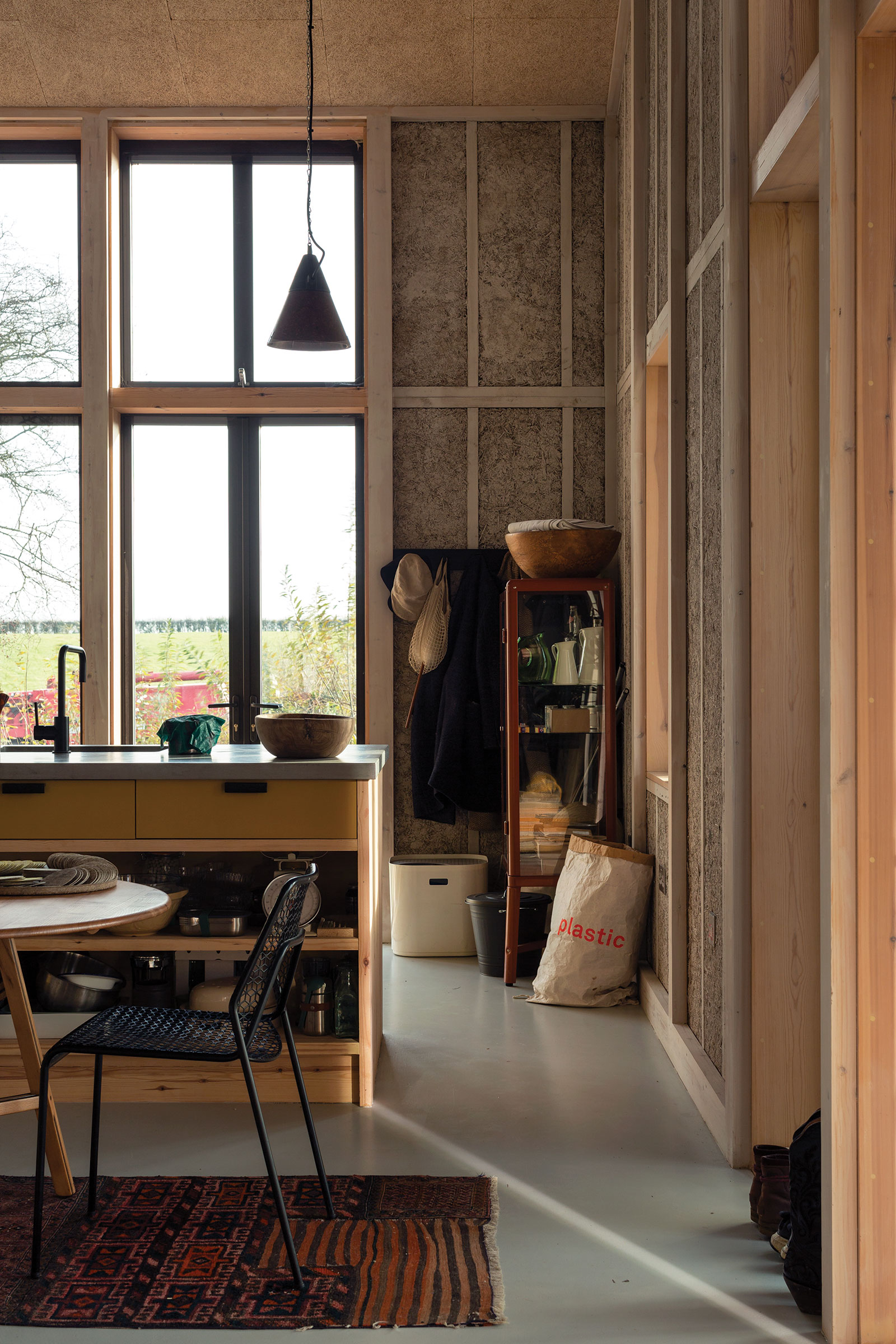
Another eco product, cork insulation, is also worth noting.
It has excellent thermal properties and is resistant to issues such as damp, while being a fast-growing, naturally occurring material that adds to its sustainability factor. It also has an incredibly low whole life carbon impact. There are also expanded cork insulation systems that can be used for external wall insulation, meaning it’s a material that continues to be developed in use for house building.
However, when it comes to cork, you can’t always take its sustainability at face value, says Tim Pullen. “There are question marks over the use of cork as the over-harvesting of bark has significantly reduced the number of cork trees in the world.”
He suggests that cork doesn’t perform any better than wood fibre, which may have more indisputable sustainability credentials.
3. Recycled insulation
Recycled insulation makes use of existing manmade materials, both removing the need for new manmade materials to be made and virgin resources being consumed, but also stopping these recyclable materials from ending up in landfill.
It's often made from recycled PET which comes from plastic bottles. However, other types include cellulose insulation (paper), a popular choice for timber-frame insulation as it can be blown into the cavities.
Cotton insulation is another type of recycled insulation which comes from recycled clothing, often denim. As with cellulose, it is treated to prevent insect, rodent and fungus attack and is available loose or in rolls. It tends to be relatively affordable and it has a low carbon impact as recycling the denim isn’t energy intensive.
While its K-value isn’t quite as low as mineral wool when it comes to thermal conductivity, it’s still an effective choice with great thermal properties.
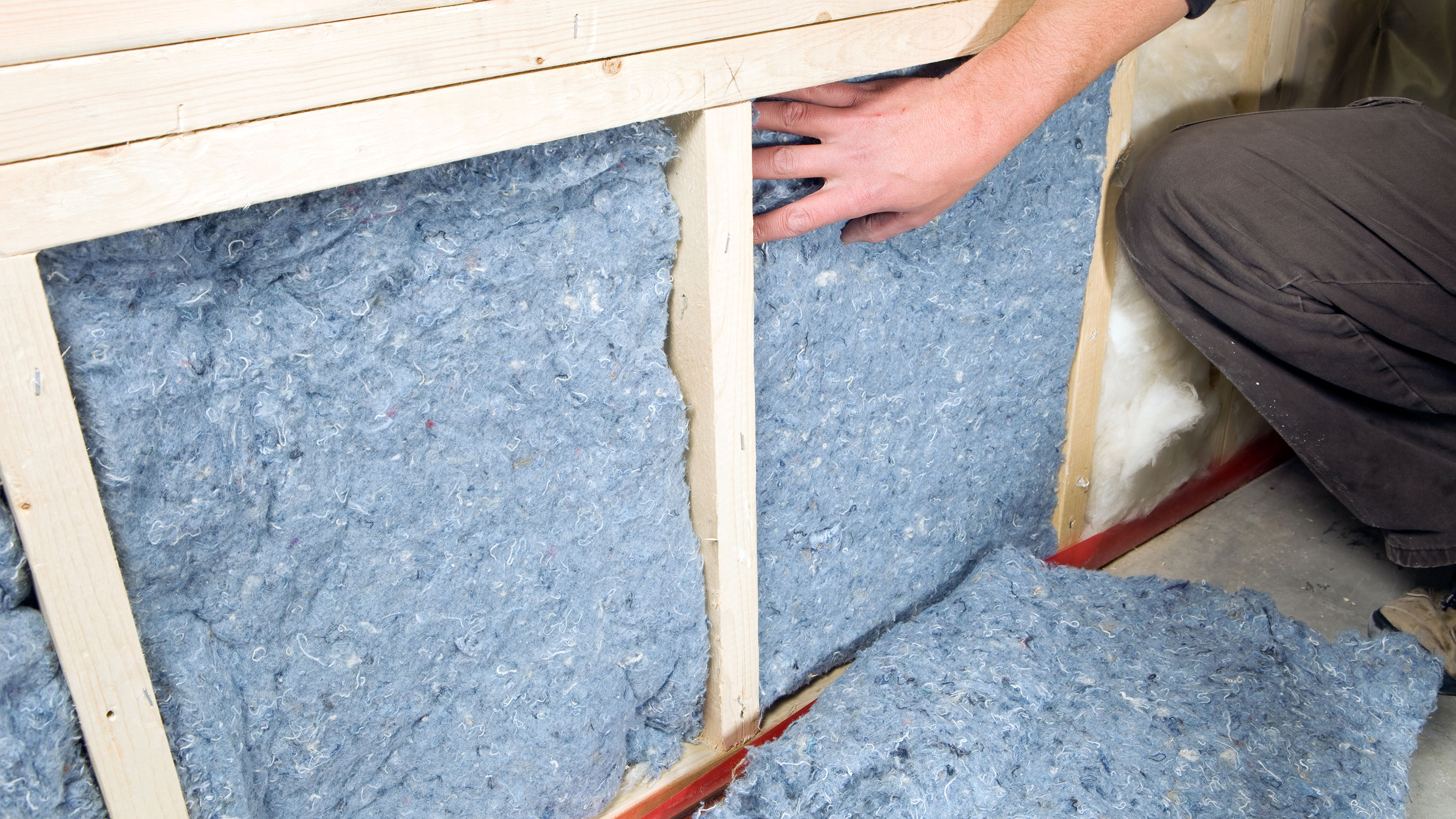
Where to use different types of insulation
Your architect may well have preferred types and methods on how to insulate your house, and the final specification will also depend on the area of your home you are insulating – someone looking at the best ways of insulating lofts, roofs and floors, for example will have very different needs to those looking for external wall insulation.
“Insulation materials differ in how stiff they are too,” adds Ian Rock, which also determines their best placement as outlined below:
- Rigid boards – ideal for walls, floors, pitched roofs and ceilings
- Semi-rigid boards – good for vertical applications such as filling the void between stud work
- Flexible or blanket insulation – comes in rolls and usually used to insulate lofts. It is also ideal for floors, ceilings, partitions and unfinished walls
- Slab insulation – can be installed inside walls, outside walls, under floors, above ceilings and in roof space
- Loose-fill insulation – particularly useful for retro-fitting if you don’t want to take down walls. This type of insulation can be blown in through holes and gaps to fill cavity walls and roof spaces.
- Spray foam insulation – can be used in roofs, lofts, walls and floors and is effective in awkward spaces but should be installed by a reputable company
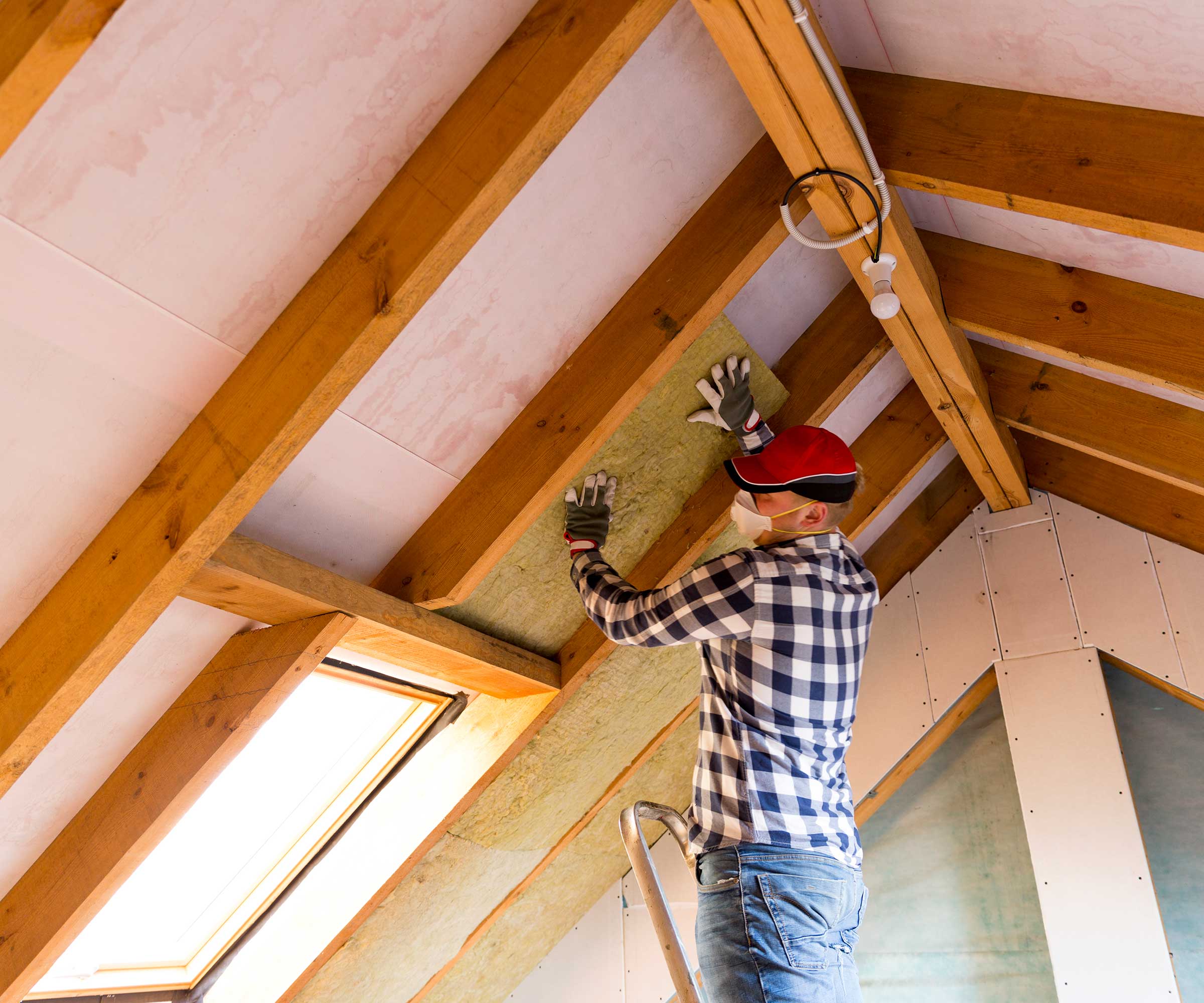
The importance of R-values
As well as understanding the importance of building regulations and U values, you also need to take into account the importance of R-values when choosing insulation.
“When choosing the right insulation for your project, there are two key considerations — the R-value (or thermal performance) you need to achieve, and the application (where you need to insulate),” explains James Francis.
“The R-value tells you what you really want to know," explains Ian Rock. "It tells us how good a material is at resisting heat seeping through it, which is referred to as its thermal resistance. Unlike thermal conductivity, R-values depend on the material’s thickness.”
“Once you have worked out which product will meet the guidelines set in building regulations, the right product for your project will then depend on a number of other factors, including your desired acoustic performance, level of fire resilience, durability and sustainability, and the project budget,” continues James.
“To insulate your loft, for example, you would typically use rolls or batts. Mineral wool, sheep’s wool or wood fibre all come in suitable products, but their R-values vary, so you may need different thicknesses of each product. You will then want to weigh the thermal performance up against your other tick-boxes – does it also need to provide acoustic insulation? Or is it important to have the most sustainable option? And finally, does this all come within your budget?”
FAQs
What is the cheapest type of home insulation?
“The cost of insulating your project will depend greatly on the required R-value and the space you need to insulate,” says James Francis. “Once you have this information, you should be able to work out the most cost-effective way to insulate the area.
“Cost should always be considered alongside performance," he stresses. "The insulation needs to be reliable and safe and create a comfortable indoor environment. A durable insulation material that provides a good combination of thermal, acoustic and fire performance is likely to be the most cost-effective option.”
How much insulation do I need?
"The amount of insulation needed depends on the type of project it’s being used for, and calculating this amount is often a task for whoever is carrying out the work. If, for example, you were building a home, then you would typically employ the services of an architect or a specialist contractor who would calculate the quantity required," says James Francis.
"In situations where a contractor isn’t being used, for example on a home renovation being carried out solely by the homeowner, there are resources available to help calculate the amount of insulation needed. Builders’ merchants can also be a knowledgeable resource to get valuable advice on materials needed.
"A number of factors would need to be taken into consideration when calculating the amount of insulation required," advises James. "Typically, the calculations depend on the desired U value target – the amount of insulation required to deliver the appropriate thermal performance under building regulations."
Do the same rules apply for insulating an extension?
The question is often asked if insulating an extension needs the same level of thermal efficiency as a new build house. Building regulations do allow for slightly lower levels but designing in a higher level of insulation and air tightness will only help the energy efficiency of the house as a whole.
Keen to learn more about insulation? Take a more in-depth look at cavity wall insulation and find out how long does insulation last to make sure you have peace of mind that your home insulation choices will have the required amount of longevity.

Sarah is Homebuilding & Renovating’s Assistant Editor and joined the team in 2024. An established homes and interiors writer, Sarah has renovated and extended a number of properties, including a listing building and renovation project that featured on Grand Designs. Although she said she would never buy a listed property again, she has recently purchased a Grade II listed apartment. As it had already been professionally renovated, she has instead set her sights on tackling some changes to improve the building’s energy efficiency, as well as adding some personal touches to the interior.
